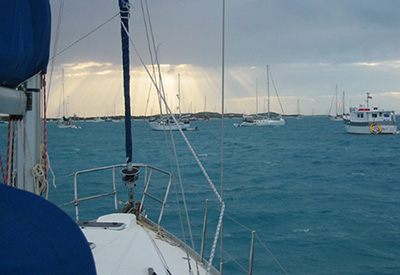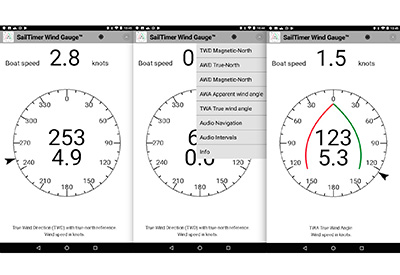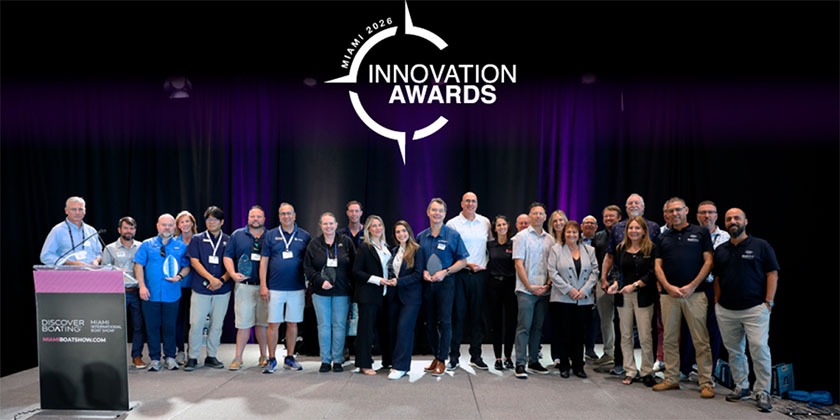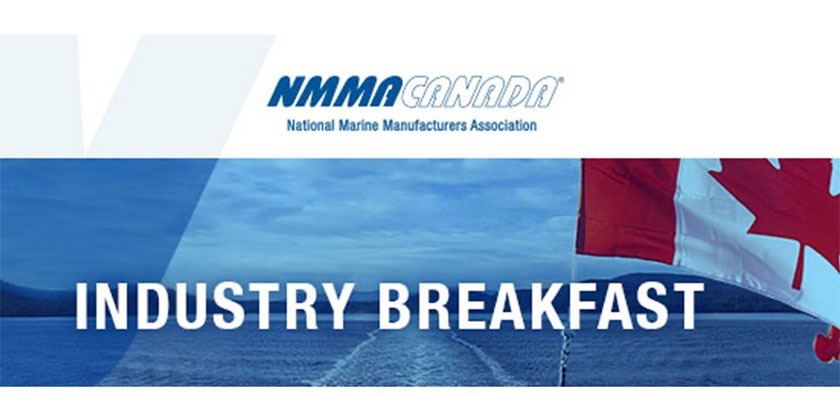DECIPHERING TRUE & APPARENT WIND DIRECTION & WIND ANGLE

Feb 18, 2020
Hmmm… how do I know whether to use Apparent or True wind when swinging sideways at anchor as a storm comes up?
The wireless, solar-powered Wind Instrument RB™ sets a new standard as the first masthead anemometer with a digital compass inside the wind direction arrow. Traditional masthead anemometers use a potentiometer to measure changes in voltage resistance as the arrow turns with the wind. But those anemometers have to be calibrated to the bow of the boat when installed since they are intended to measure wind angle, and they have a dead zone in the range of 7 degrees where the rotation and voltage resistance starts over. The Wind Instrument RB does not need to be calibrated; it contains a 9 degree of freedom Inertial Motion Unit (IMU) with a gyro, accelerometer and digital compass. So, it knows which way it is pointing even if you just wave it around in the air. But how does it calculate True Wind, and all of the different combinations shown on the menu below?
The raw data measured by the Wind Instrument RB is Apparent Wind Direction and Apparent Wind Speed. It is actually so unusual have a digital compass in a masthead anemometer that the NMEA 0183 format does not include any sentence for Apparent Wind Direction (AWD).
 Apparent vs. True: Once we have the measures for Apparent, our software (the SailTimer API) can convert to True wind speed, wind direction and wind angle by accounting for the boat’s movement. Apparent is what the wind cups and arrow measure. But when you are sailing along, the boat’s movement will cause air flow (the same as if you put your hand out the window of a car while driving). So True Wind accounts for the movement of the boat.
Apparent vs. True: Once we have the measures for Apparent, our software (the SailTimer API) can convert to True wind speed, wind direction and wind angle by accounting for the boat’s movement. Apparent is what the wind cups and arrow measure. But when you are sailing along, the boat’s movement will cause air flow (the same as if you put your hand out the window of a car while driving). So True Wind accounts for the movement of the boat.
Wind Angle vs. Direction: If you are displaying Wind Direction then wherever the arrow is pointing is what you see on screen. But if you are displaying Wind Angle, that is relative to the boat’s heading. To avoid the need to buy compass hardware to mount on the boat, we use your GPS heading to derive wind angle. So if the boat is not moving, Wind Angle should not be displayed.
The Limits of GPS Accuracy for True Wind: When you are not moving, it is always best to use Apparent Wind Direction and Speed, not True. But sometimes even then you may notice that a navigation app reports that you have a boat speed of 1-3 knots, as the GPS tries to detect your position. That phantom movement enters the calculations for True Wind Direction and Speed, making them unreliable when not moving. The problem is that GPS is only accurate to within say 40 feet (13 meters) on the face of the earth. That means there is a circle around your location with a diameter of 80 feet (26 meters), within which GPS technology is not accurate enough to know if you are moving. If the GPS speed and heading jump around, it causes True Wind Direction and Speed to jump around too.
This does not happen with True when you are moving in your boat; it only happens when you are standing in one place. Use Apparent Wind Direction and Speed when at the dock or at anchor, and you should have no problem.
See more about the innovative Wind Instrument RB™ at SailTimerWind.com. At $549.99, it costs much less than other masthead anemometers — especially since it will work with the beautiful smartphone/tablet that you already have, and does not require the purchase of an additional LCD display. But we do also have the Air Linkfor connecting to NMEA wired networks. Visit: https://sailtimerwind.com
























